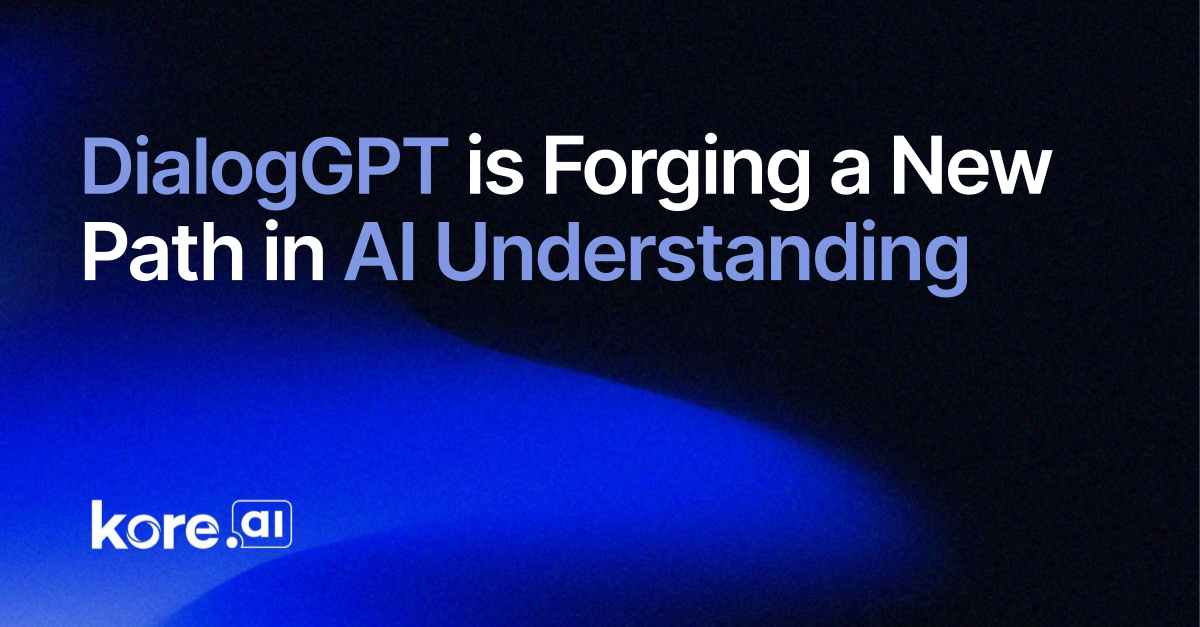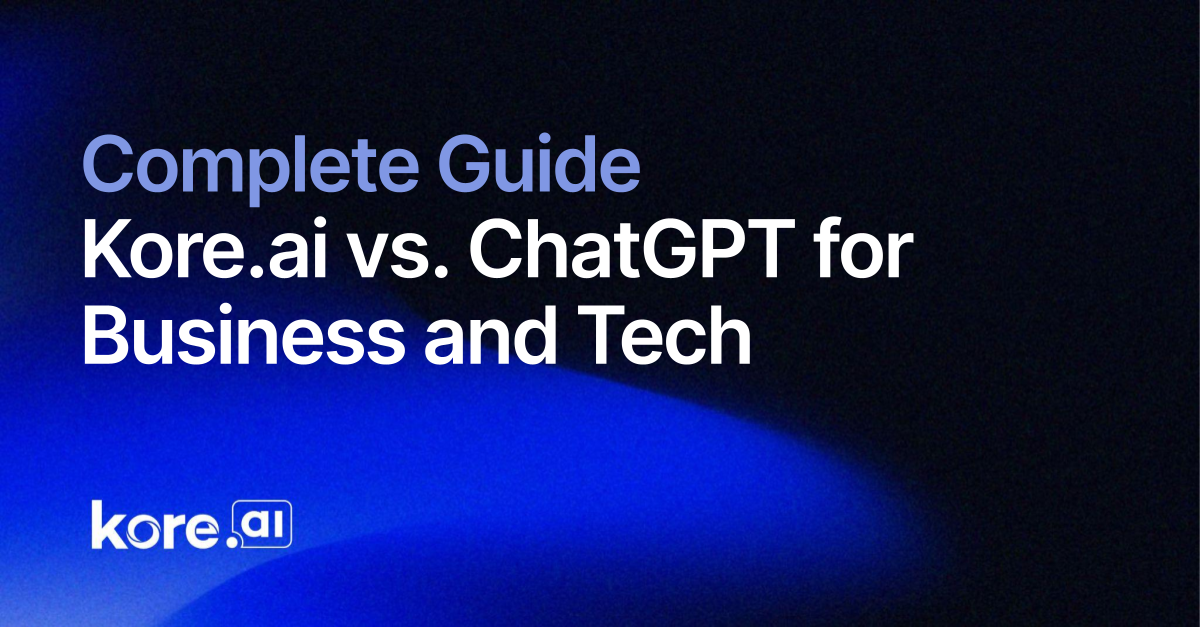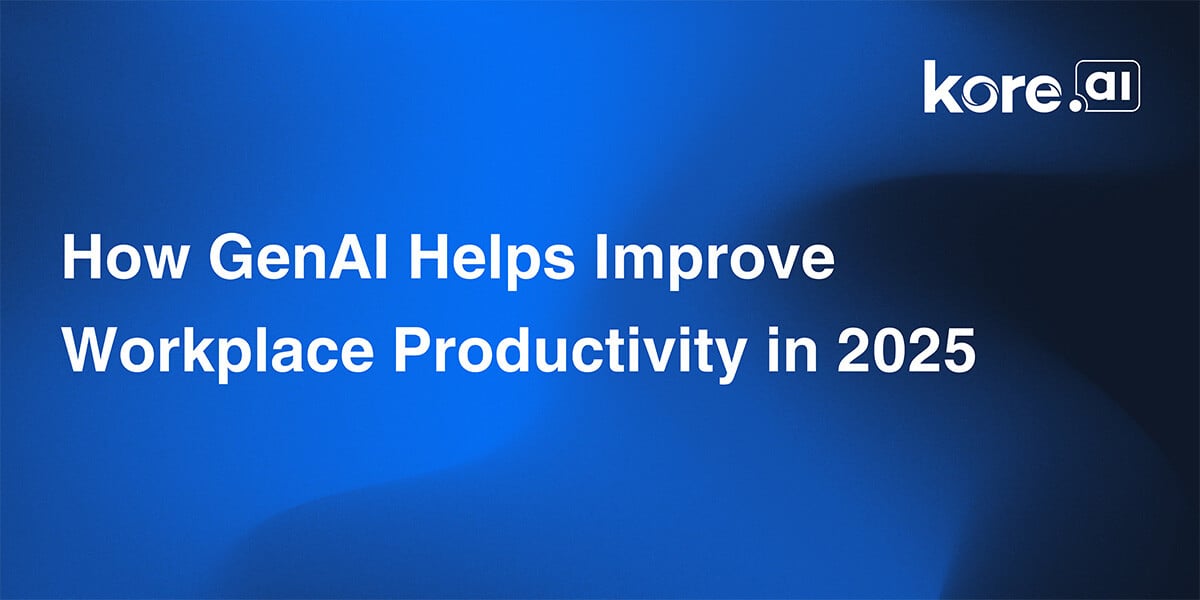Top 15 Vibe Coding Tools Transforming AI-Driven Software Development in 2025
As AI-first development redefines how software is built, “vibe coding” has emerged as a paradigm-shifting approach where developers simply say what they want, and an agent builds it. Coined by Andrej Karpathy, the term reflects a shift from code-heavy workflows to natural language-driven software prototyping. Here’s a list of reliable vibe coding tools that support […] The post Top 15 Vibe Coding Tools Transforming AI-Driven Software Development in 2025 appeared first on MarkTechPost.

As AI-first development redefines how software is built, “vibe coding” has emerged as a paradigm-shifting approach where developers simply say what they want, and an agent builds it. Coined by Andrej Karpathy, the term reflects a shift from code-heavy workflows to natural language-driven software prototyping.
Here’s a list of reliable vibe coding tools that support vibe coding workflows:
Cursor: An AI-native IDE that supports multi-agent prompting and iterative development. Known for its “Agent Mode,” Cursor combines GPT-4o and Claude 3 for full-project generation.
Replit: Browser-based IDE that includes Replit AI Agent for natural language code generation. Great for fast web app prototyping and sharing without setup.
Claude Code (Anthropic): A terminal-style interface that lets users talk to an AI to build and edit code. Retains project memory, enabling multi-step coding via natural language.
GitHub Copilot: Now offers “Agent Mode” for full-code task execution via prompts. Seamlessly integrated into VS Code and GitHub workflows.
Cascade by Windsurf: AI-driven code agent for real-time collaboration and autonomous code generation. Built for iterative dev flow with minimal input overhead.
Junie (JetBrains): JetBrains AI plugin designed for language-aware development. Offers prompt-based interaction and smart debugging workflows.
Augment Code: Chat‑based coding across various editors. Take the lead with local or remote agents to complete tasks end-to-end. Agents can plan, build, and open PRs for you to review.
Zed Editor: Zed is a next-generation code editor designed for high-performance collaboration with humans and AI.
Cody by Sourcegraph: AI assistant for reading, understanding, and updating large codebases. Ideal for tech debt refactoring and legacy system queries.
Tabnine: Context-aware autocompletion powered by on-device LLMs. Offers secure and private AI coding for enterprises.
Codex (OpenAI): OpenAI’s foundational code model that powers many vibe coding tools. Used for command-line, IDE, and app-level code gen.
Lovable: No-code platform with AI design and app-building capabilities. Perfect for product designers and non-technical founders.
Bolt: Generative backend builder that connects AI-driven frontend, APIs, and data stores. Great for MVPs and early-stage products.
Softr: No-code builder that turns Airtable or Google Sheets into responsive web apps. Natural language prompting speeds up UI generation.
Devin by Cognition AI: A fully autonomous AI software engineer capable of planning, coding, debugging, testing, and deploying apps end-to-end.
Conclusion
Vibe coding tools are not just a trend—they’re a functional shift in how software is designed, prototyped, and deployed. As AI agents become more capable, platforms like Cursor, Replit, Claude, and GitHub Copilot are redefining developer velocity. Adopting these vibe coding tools can help you ideate, build, and iterate—at the speed of thought.
Also, feel free to follow us on Twitter and don’t forget to join our 98k+ ML SubReddit and Subscribe to our Newsletter.
The post Top 15 Vibe Coding Tools Transforming AI-Driven Software Development in 2025 appeared first on MarkTechPost.















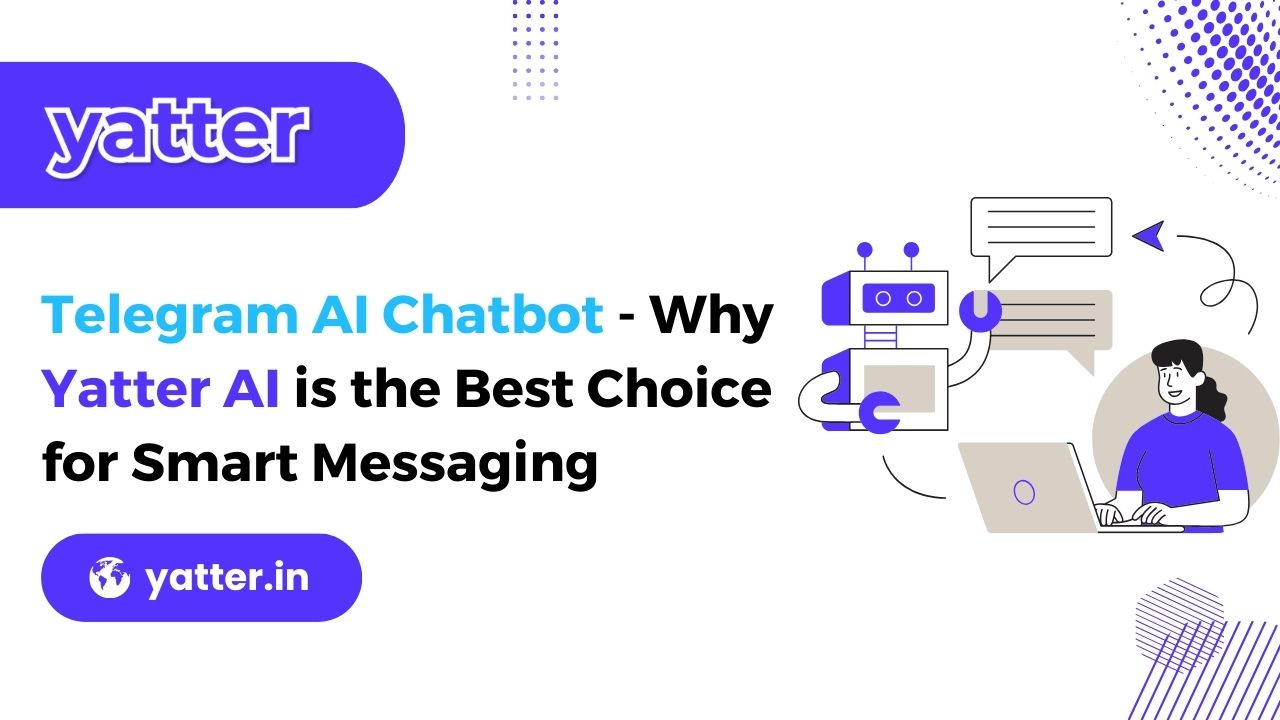














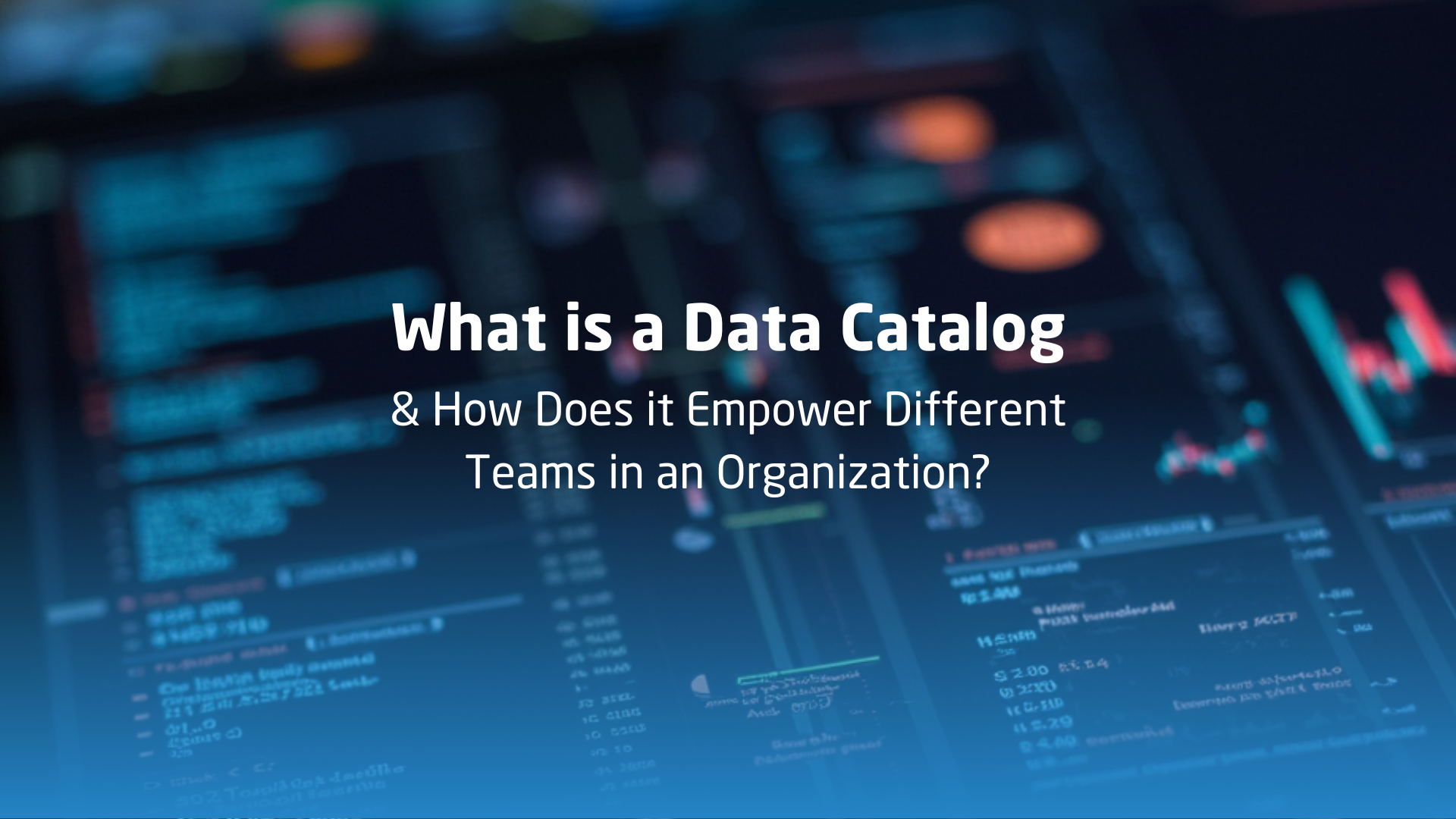








![[The AI Show Episode 152]: ChatGPT Connectors, AI-Human Relationships, New AI Job Data, OpenAI Court-Ordered to Keep ChatGPT Logs & WPP’s Large Marketing Model](https://www.marketingaiinstitute.com/hubfs/ep%20152%20cover.png)


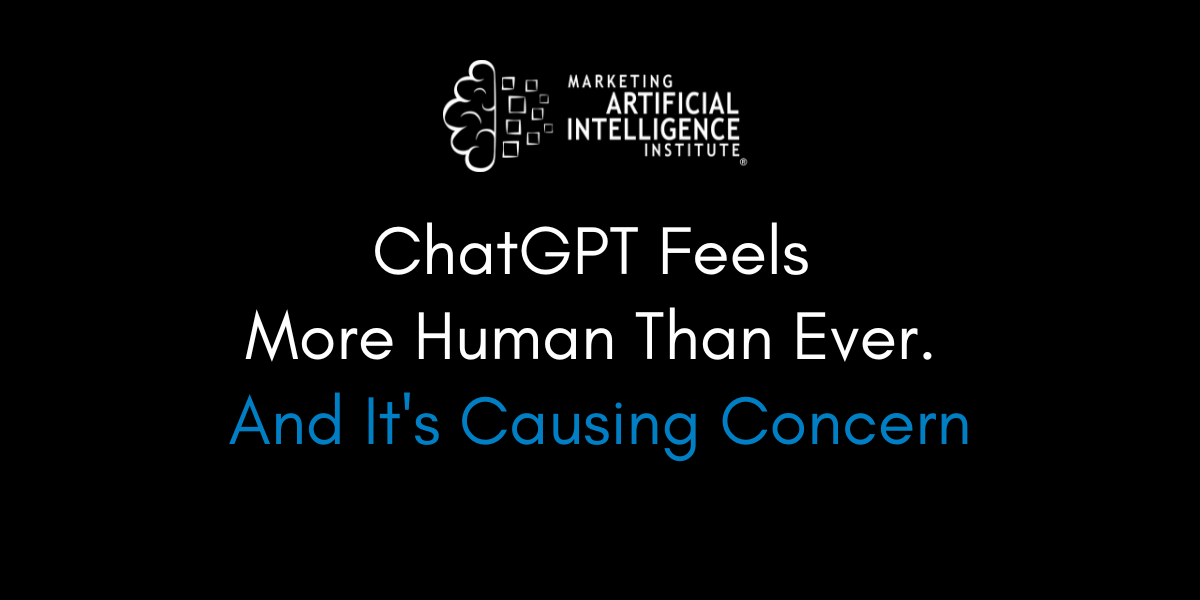




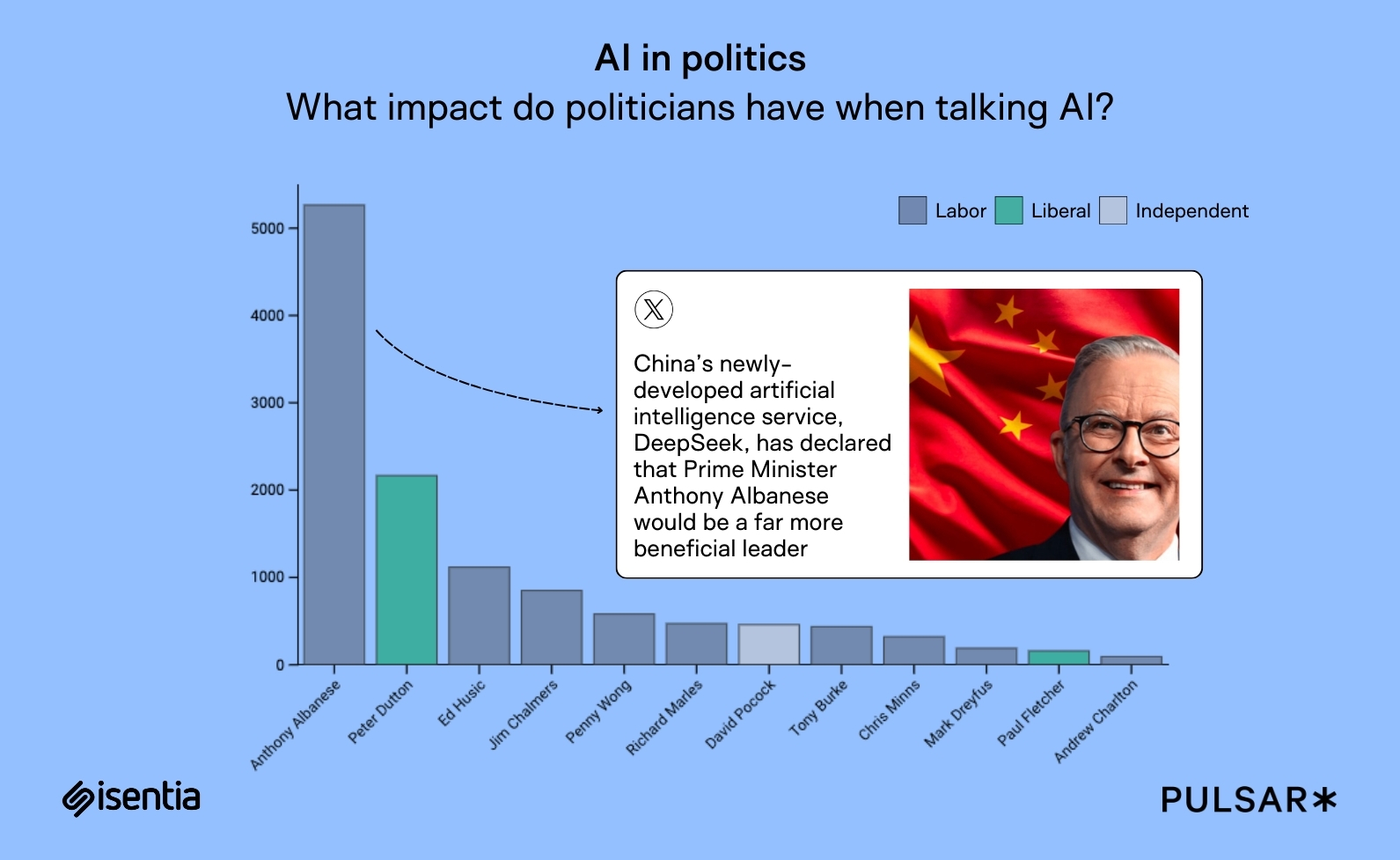
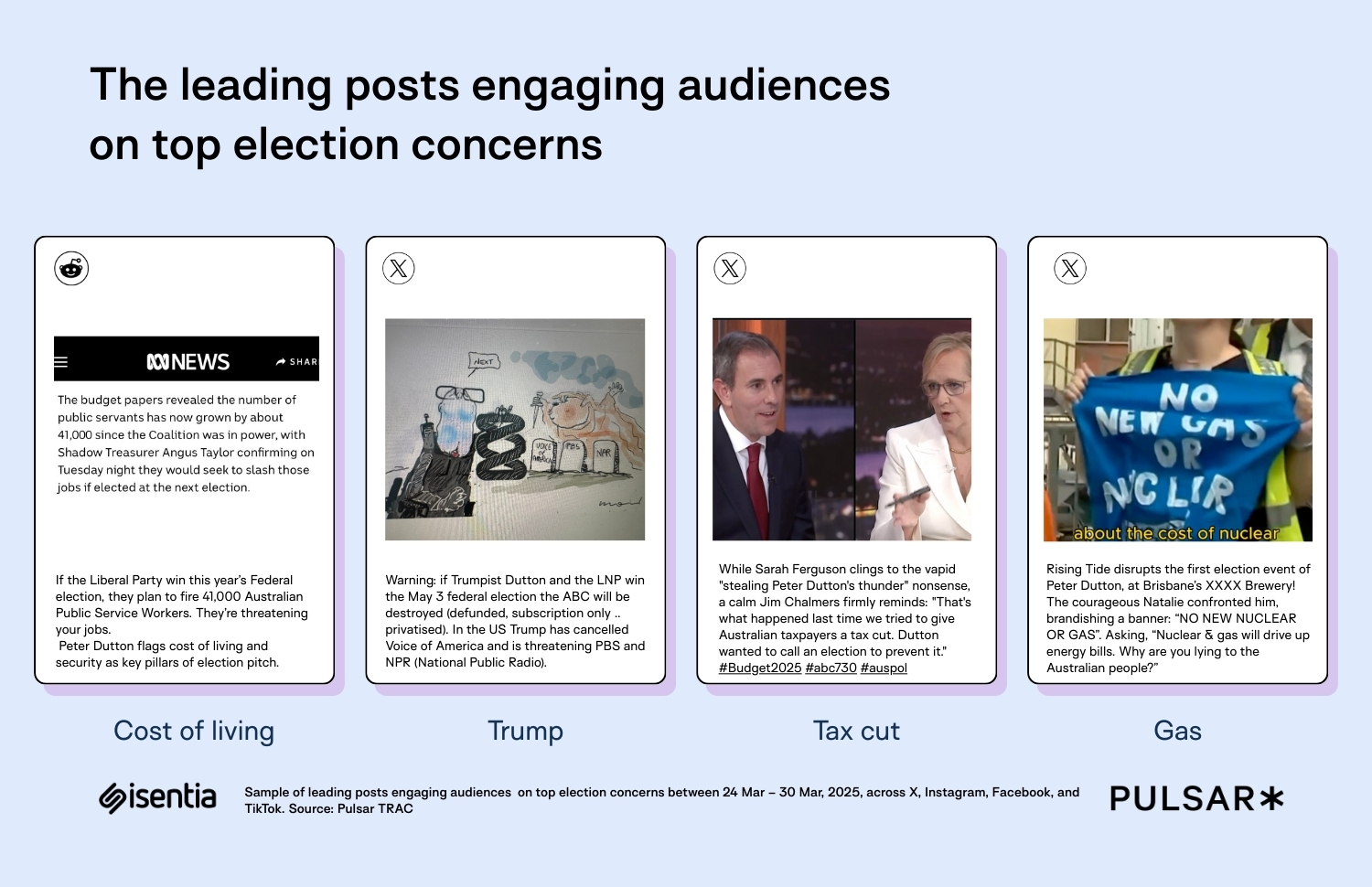
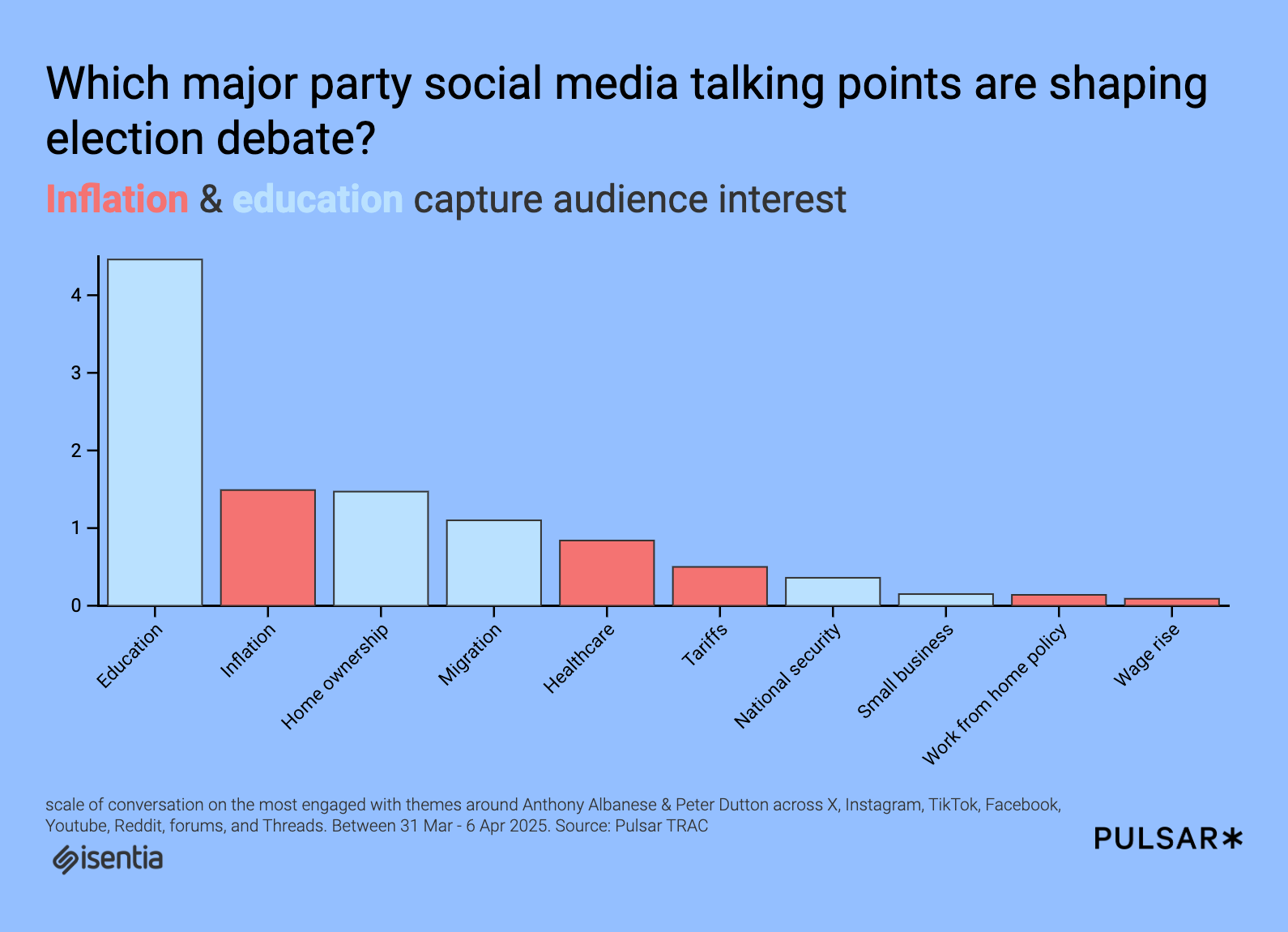


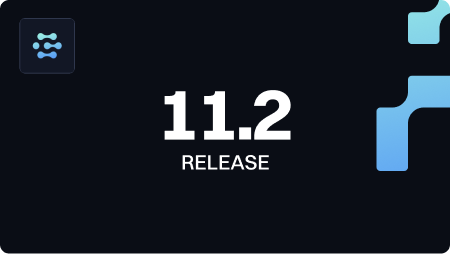
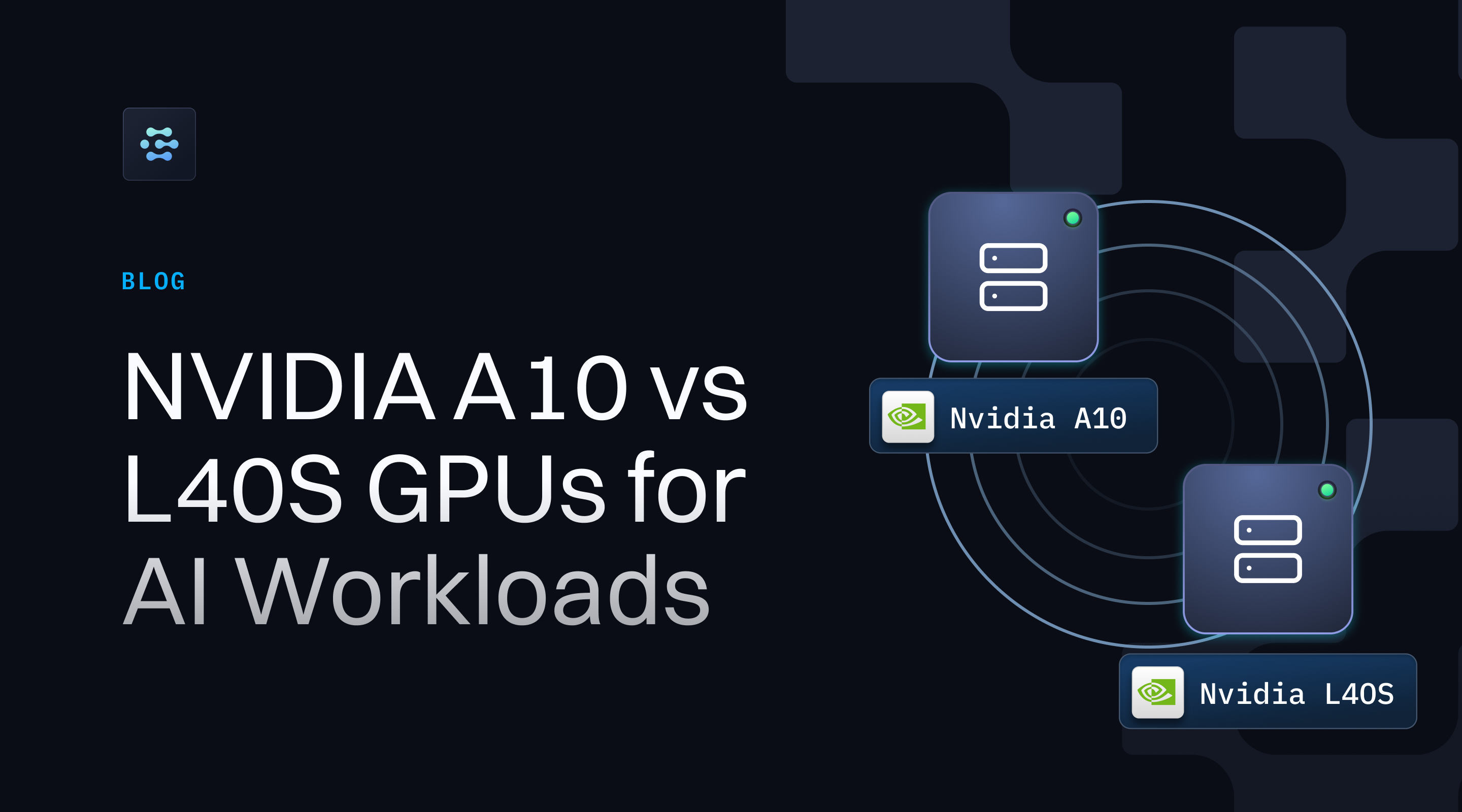
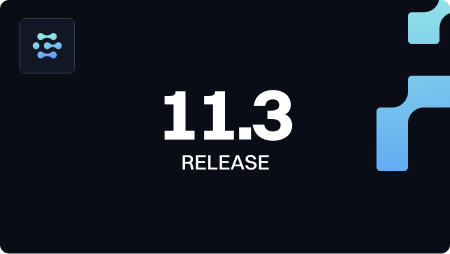






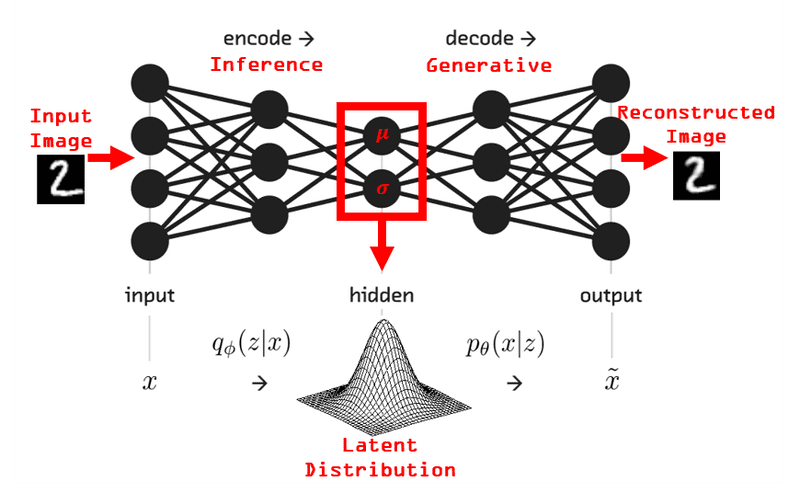











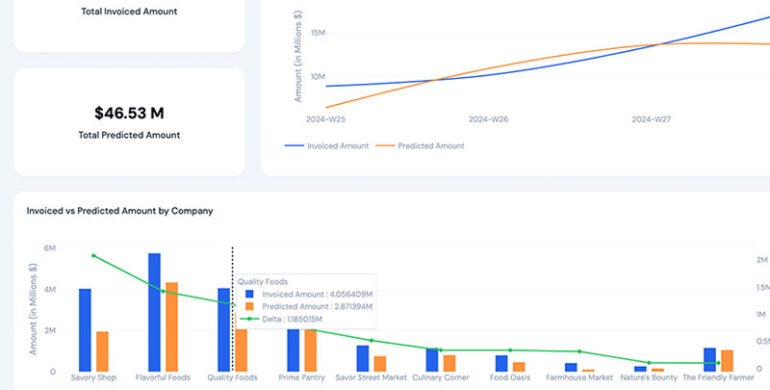























































































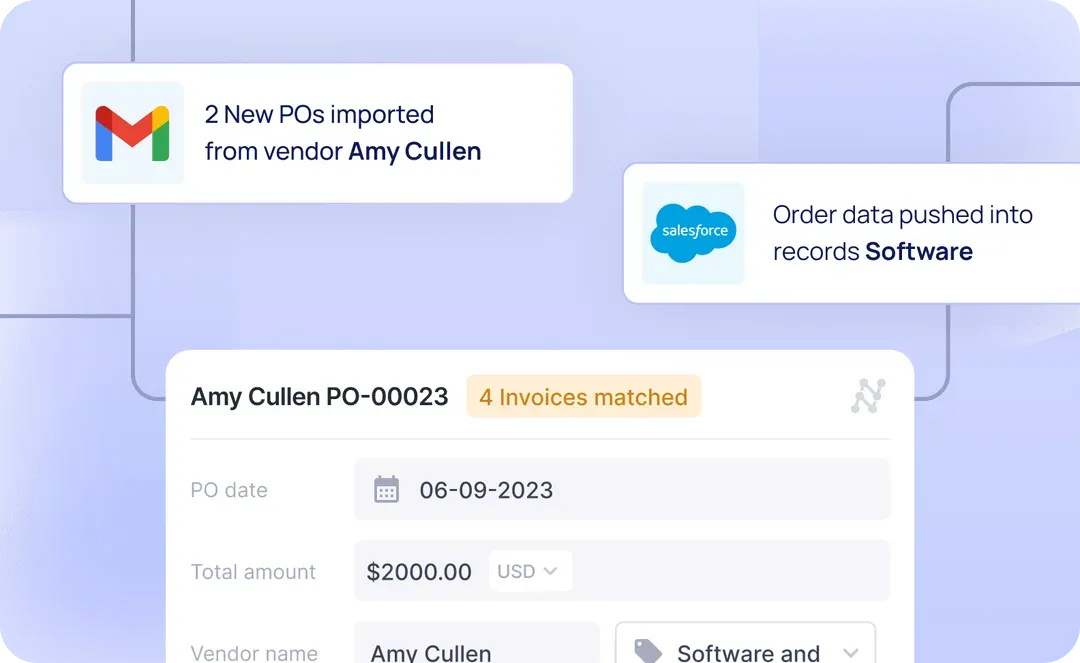







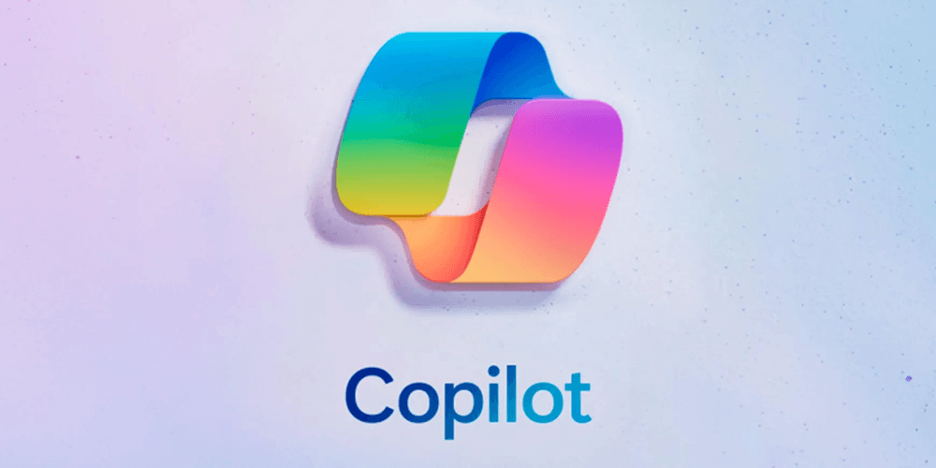



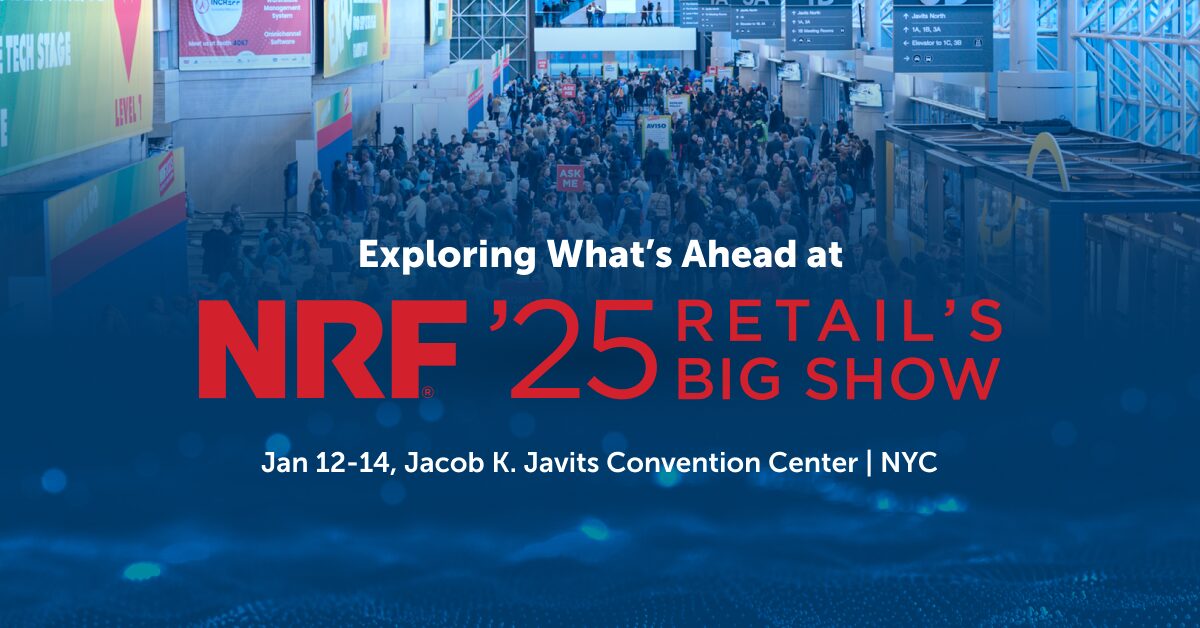




















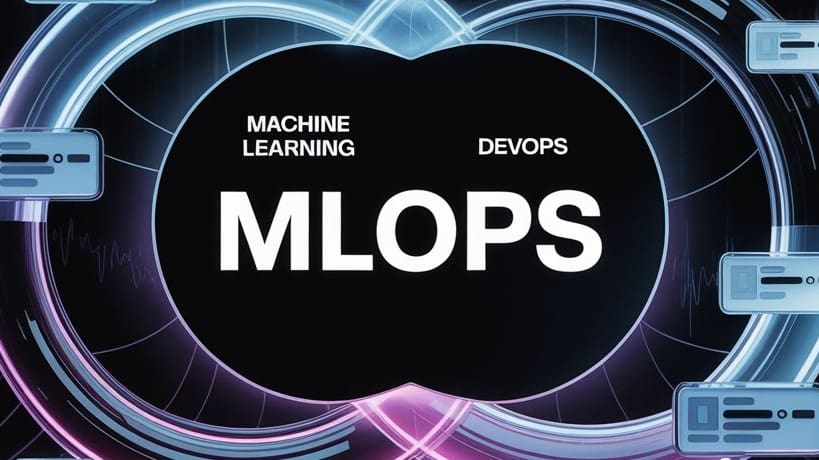





![Top Features of Vision-Based Workplace Safety Tools [2025]](https://static.wixstatic.com/media/379e66_7e75a4bcefe14e4fbc100abdff83bed3~mv2.jpg/v1/fit/w_1000,h_884,al_c,q_80/file.png?#)




